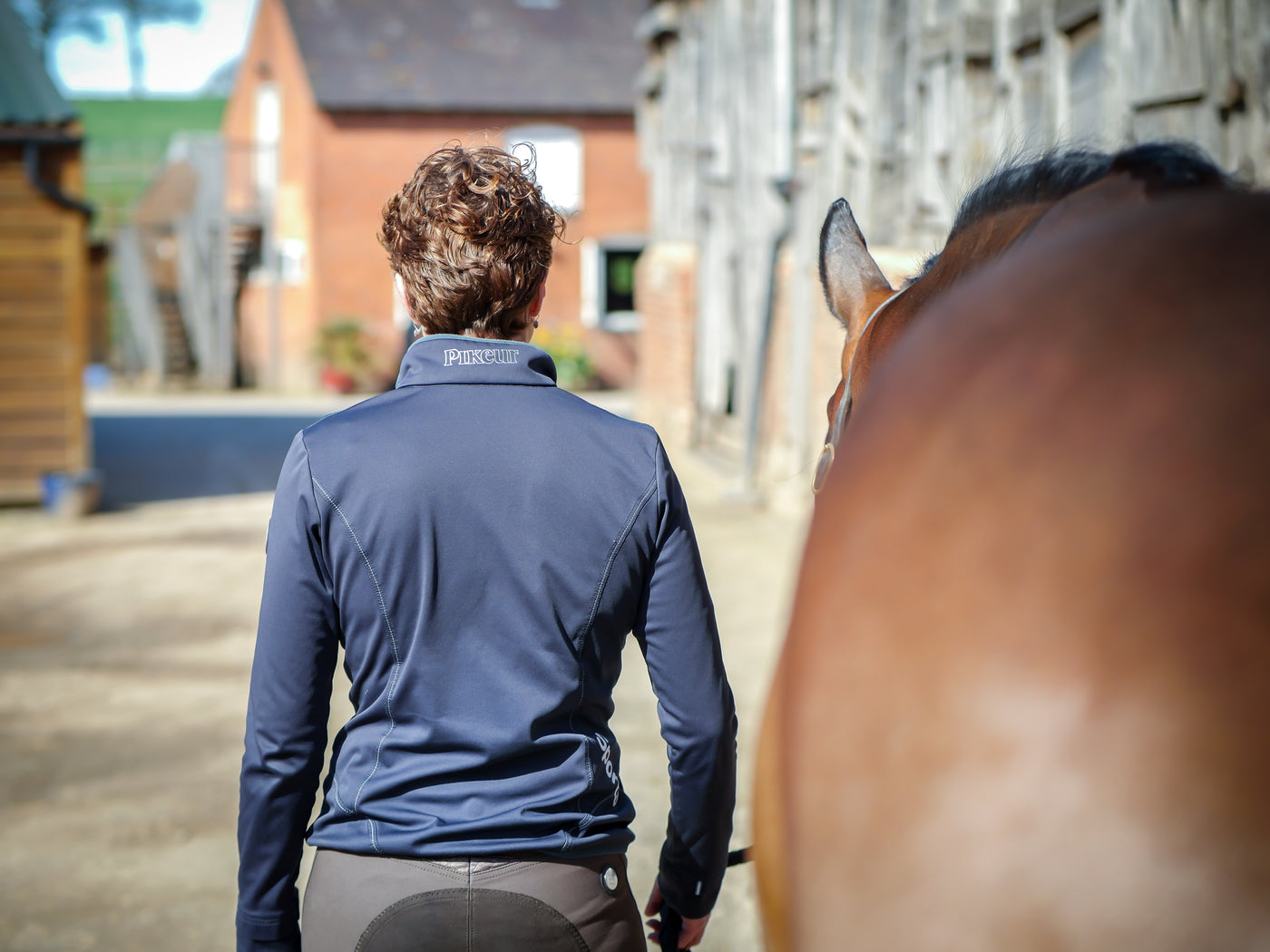Your Cart is Empty

This blog is going to be a bit of a rant. It’s not going to be popular and I'm sure I'm going to have to put my flame retardant suit on. This week there have been some amazing photos and videos on my Facebook feed of the top show horses at one of the biggest shows of the season. These were beautiful horses, wonderfully produced, and gorgeously presented. There is no doubt that these horses deserve the accolades that they were receiving. There was just one problem. Without exception, all of these exceptional equines were morbidly obese. This is not an issue exclusive to the show arena, there are also a number of dressage horses competing every week who are too fat to do their job adequately.
There is just no excuse. There is absolutely no excuse for putting your desire to win a ribbon above that of your horse’s welfare. There is no doubt that as a result of the vanity of the riders these horses’ long-term health will suffer. It is well documented that equine obesity has multiple negative impacts on multiple systems. The risks include EMS, laminitis, joint pain, colic, increased visceral fat, arthritis and respiratory compromise. Seriously, people that knowingly do this to their horses should be prosecuted for cruelty and banned from ownership, not rewarded with a ribbon. The very real and serious health impacts notwithstanding, there is also a marked reduction in athletic ability and movement as evidenced by the horses I observed doing their workouts. They literally look like 44-gallon drums with matchsticks for legs – unable to properly articulate their shoulders, their hocks or reach their hindlegs forward through a full range of motion. Why would you do something that reduces your horse’s capacity as an athlete? I simply don't understand the thought process behind this.
When I was an A&E nurse, the first thing that we would say to a fat patient who presented with Type II diabetes, knee pain, backpain, heart disease, digestive problems, sleep apnoea, was that they needed to lose weight. There was no pussyfooting around, the simple fact was unavoidable. By reducing weight, their health outcomes were improved, and often they avoided the need for medication and interventional treatment. Many people could not only prevent further decline, they could actually reverse the effects of these disease processes. It really is our responsibility to stand up and do the same for our horses.
What can we actually do about it? It is clear that the organisations involved will not address this issue, therefore the only response that we can have is to act properly as responsible individuals who have horse welfare at heart. RHS judges, you have to stop rewarding these horses. There has to be a point where your ethics take a stand. It is not good enough to say ‘it’s always been this way’. The horse you see before you maybe conformationally perfect under all that blubber, he may be trained and presented fabulously, but if his weight is a danger to his health, he cannot be rewarded with a ribbon, just as you wouldn’t pull a lame horse into the line up. Dressage judges and stewards have that same obligation. If it is not currently within your remit, lobby the rule makers until the change is made. Coaches & trainers, the onus is on you. Tell your students their horse is too fat. Let them know what risks they are taking with their health, give them the tools to make a change and above all else, model the care that you expect them to take on your own horses. Finally, riders & owners – change your behaviour, now! There is no excuse. If you want to own something soft & squidgy, get a soft toy. If winning ribbons is more important than your horse’s welfare, take up cross stitch or rose growing.
I’m not saying that your show horse or dressage horse needs to look like a racehorse or eventer – just as the shot putter or weight lifter doesn’t look like a marathon runner. But they do need to be fit for their sport. Excess weight is always a simple imbalance of energy in vs energy out. My dressage horses are all very good doers. They get several very small haynets of forage a day and are fed tiny amounts of actual hard feed – less than ¼ bucket 3 times a day, and that’s when they are in full work. If you are having a problem with reducing your horse’s girth, ask for help. From your vet, your coach, your nutritionist.
Let’s make fat horses a thing of the past and start celebrating them for the beautiful athletes they are.
Photo below showing that it is possible to win in the show ring with a horse in healthy weight! My friend Paul Conway & 'Grubby' at Cartmel Show this weekend.

Comments will be approved before showing up.